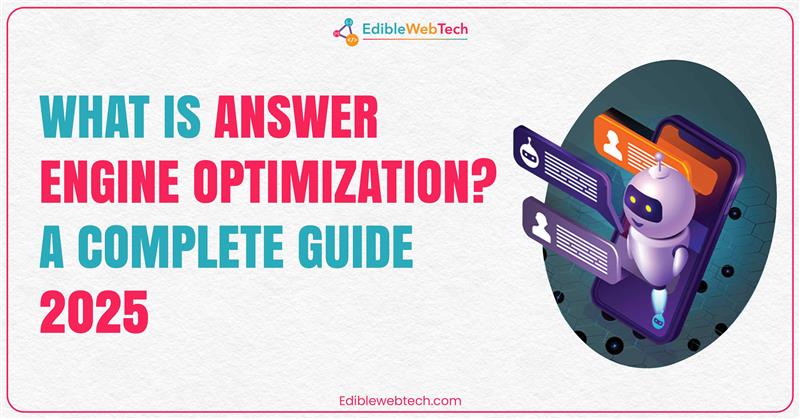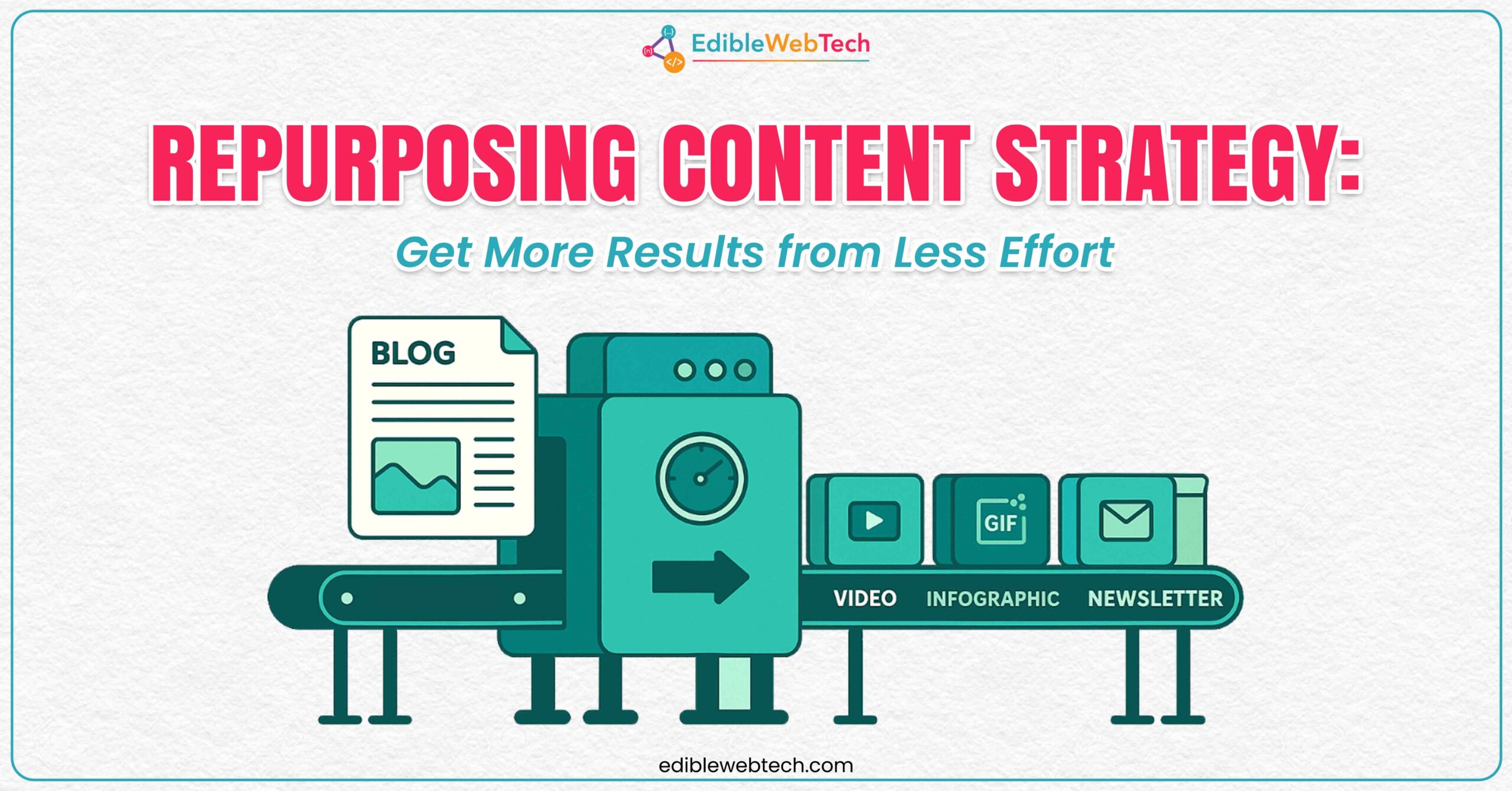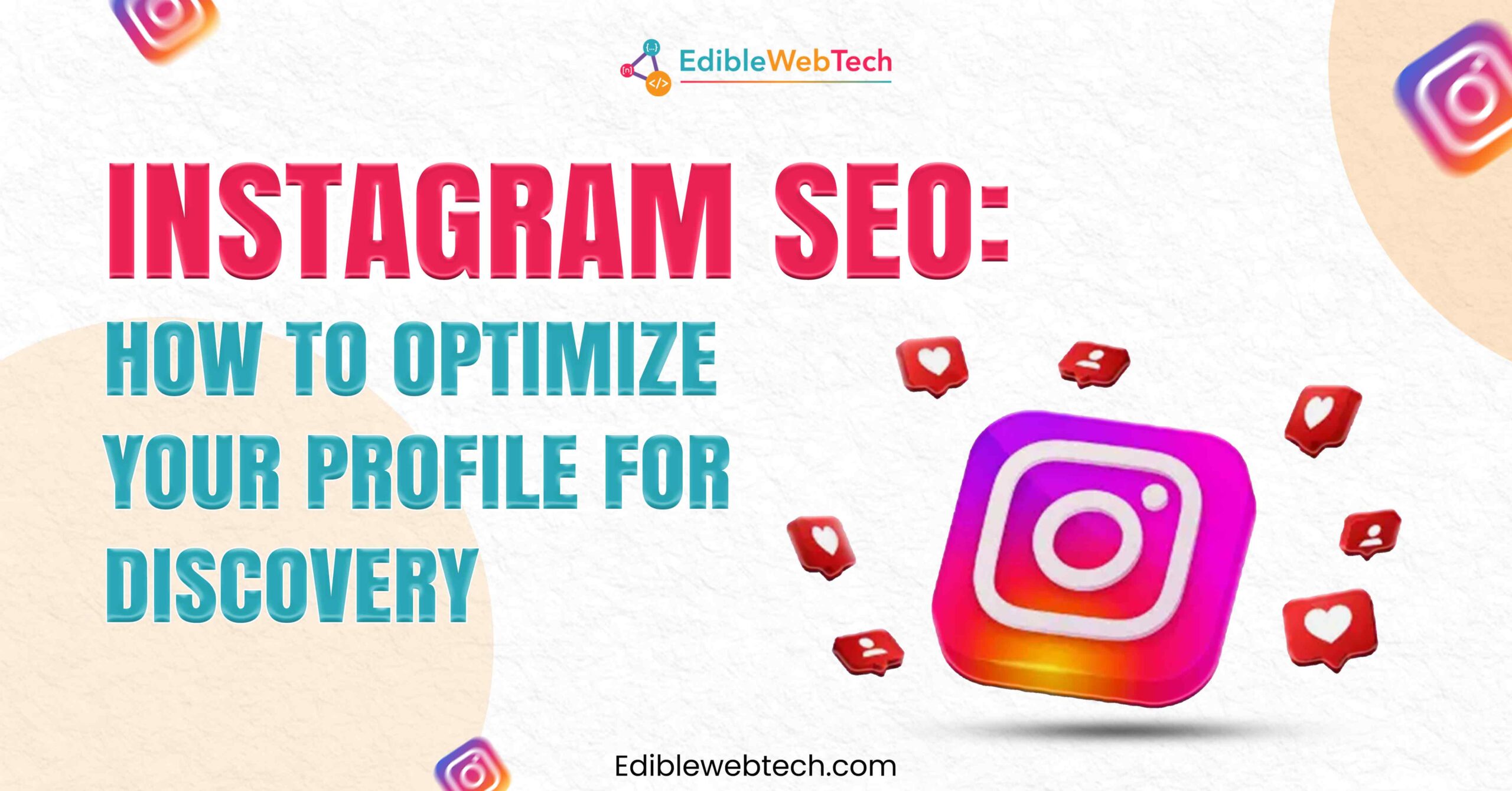The way people search for information online is changing now. In past search engines like Google focused on displaying list of links and users had to click through websites to find the information they needed. But now people want direct and instant answers through voice searches. Study says that 72% device users search for information on search engine through voice search. This shift has given rise to Answer engine optimization (AEO).
If you think about what is AEO and how it differs from SEO? By the end of this article you will learn how AEO vs SEO works, why natural language queries and semantic search are important, and what role Answer Engine Optimization tools play in 2025.
Table of Contents
- What Is Answer Engine Optimization (AEO)?
- AEO vs SEO – Key Difference Between SEO and AEO
- Why AEO Matters in 2025?
- Key Elements of Answer Engine Optimization
- Best Practices and Strategies for Answer Engine Optimization
- The Future of AEO and Digital Marketing Trends 2025
- FAQ’s
What Is Answer Engine Optimization (AEO)?
So, What is AEO?
Answer— Answer engine optimization mainly focuses on optimizing content to provide direct and accurate answers to user questions across various platforms. The search results are shown through featured snippets, voice search results, and AI powered platforms. Unlike traditional search engine optimization that aims to rank web pages higher in search results, AEO targets the systems that provide immediate answers to users without requiring them to click through multiple links.
Let’s take an quick example:
You search information on search engine about “What is Digital Marketing”. Instead of showing you 9-10 webpages links, they give you result through AI overview in direct and instant way.
This is why AEO is becoming the next big thing in digital marketing trends 2025.
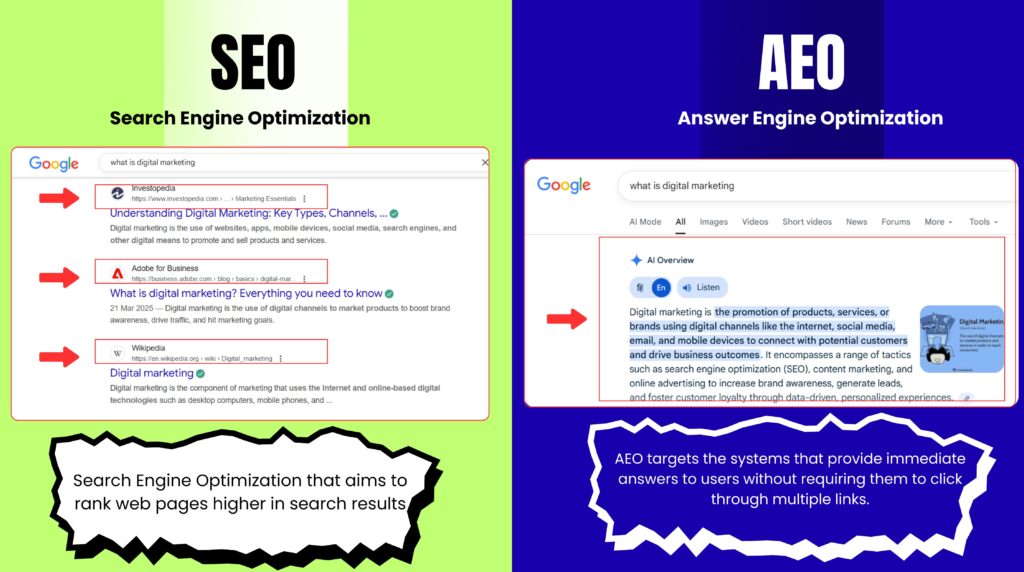
AEO vs SEO – Key Difference Between SEO and AEO
Both terms work differently. Search engine optimization ranks website on search engines by optimizing its content. AEO ensures that your website content shows as direct answer by AI-powered platforms to user queries. Both aim to grow organic visibility.
Here is the key difference between SEO and AEO:
| Comparison | Search Engine Optimization (SEO) | Answer Engine Optimization (AEO) |
| 1. Aim | The main goal of SEO is to improve website ranking in SERP. | Optimize content for direct answers to show in search results. |
| 2. User Intent | Mix of navigational, informational, and transactional. | Primarily informational and conversational. |
| 3. Best suited for | Improving website traffic and brand authority organically. | Enhancing visibility in zero-click searches and AI summaries. |
| 4. Content Style | Keyword-rich, long-form, optimized for ranking | Clear, concise, structured for instant answers. |
| 5. Platforms Targeted | Search engines like Google, Yahoo, Bing. | AI-powered platforms like ChatGPT, Gemini, Copilot and AI overview. |
Why AEO Matters in 2025?
Now searching on search engine has been changed. Let’s discuss why Answer engine optimization has become the center of digital marketing trends 2025:
1. Rise of Voice Search Optimization
Most users now search for information online through voice assistants. They search in natural conversational way like “Which is the best digital marketing agency in Amritsar?”
That’s why AEO ensures your content is optimized for natural language queries that voice search favors.
2. Search Everywhere Optimization
Now users are not only searching on Google, they are searching everywhere on social media platforms like YouTube, Instagram, Facebook, and TikTok. This shift is known as search everywhere optimization and AEO helps brands stay visible across all platforms.
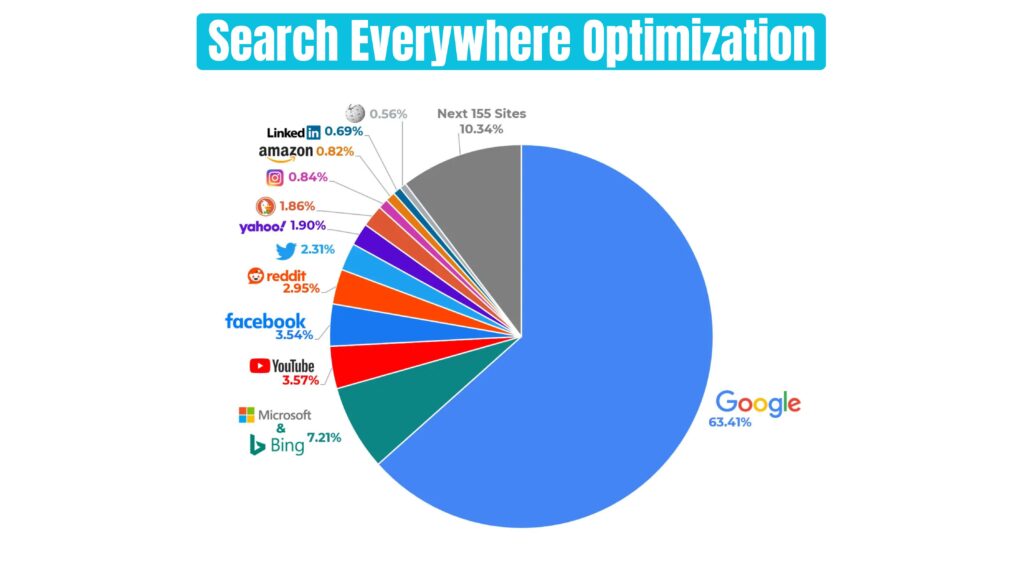
3. AI-Powered Platforms
With the rise of AI in search, platforms like Google’s Bard, ChatGPT, and Microsoft Copilot rely heavily on structured and context rich answers. AEO helps your content fit into this new ecosystem.
4. User Expectations Have Changed
Today’s internet users want instant answers. They do not want to dig through multiple pages. AEO ensures you become the trusted and go to source for those answers.
Also Read: Instagram SEO: How to Optimize Your Profile for Discovery
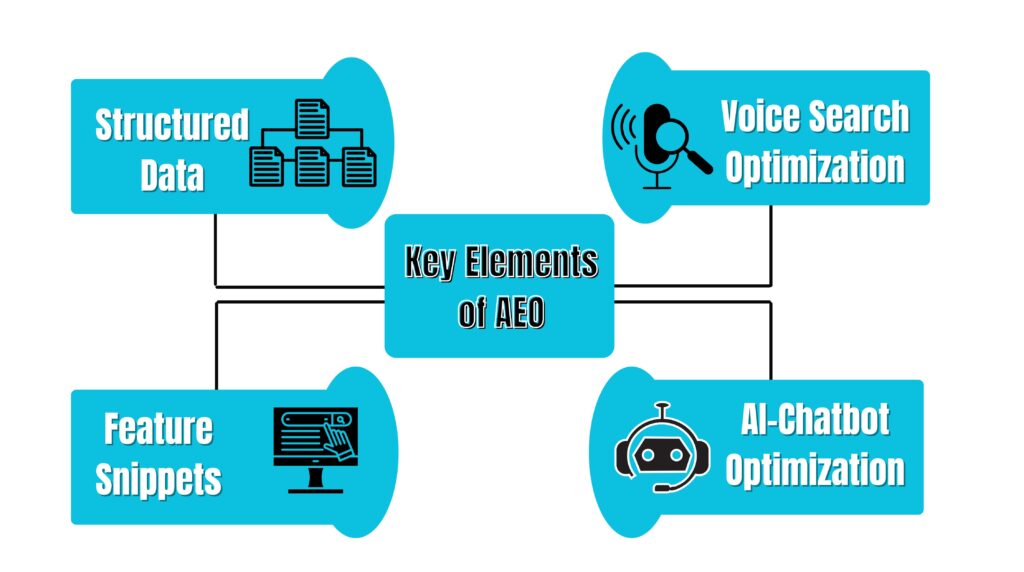
Key Elements of Answer Engine Optimization
All AEO components work together to increase organic traffic of your website. Let’s understand how AEO works:
Structured Data and Schema Markup
Structured data helps search engines understand content more effectively in standardized format. You need to add FAQ schema, product details, and reviews so that they can be pulled into featured snippets.
Voice Search Optimization
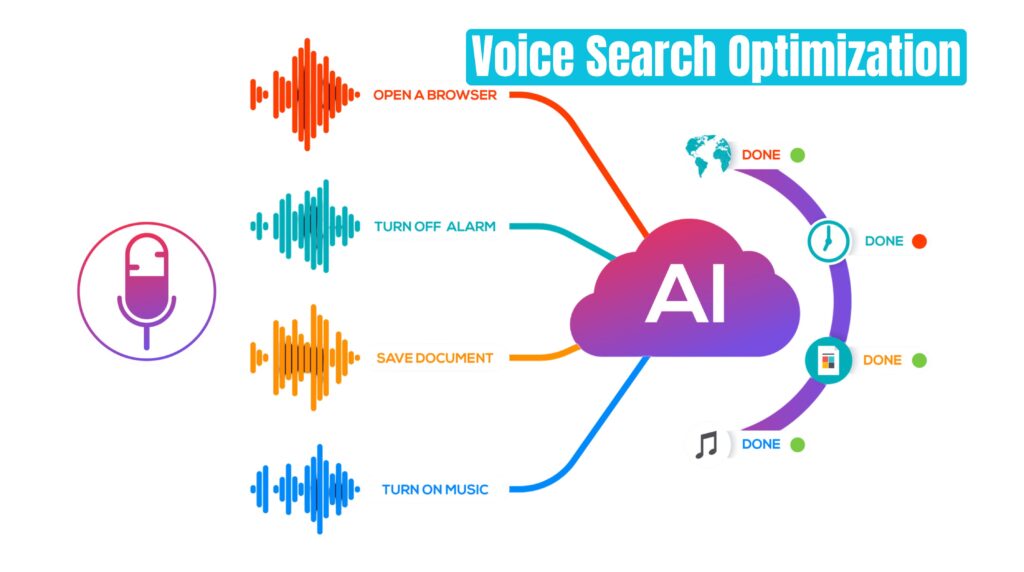
40% device users are using voice assistants to search on search engines. Optimize your website content with conversational keywords so that they fulfil users queries. Do not use fragmented keywords like ‘digital marketing’ and ‘best for beginners’, focus on long-tail conversational keywords like ‘Which is the best digital marketing agency in Amritsar?’
Feature Snippets
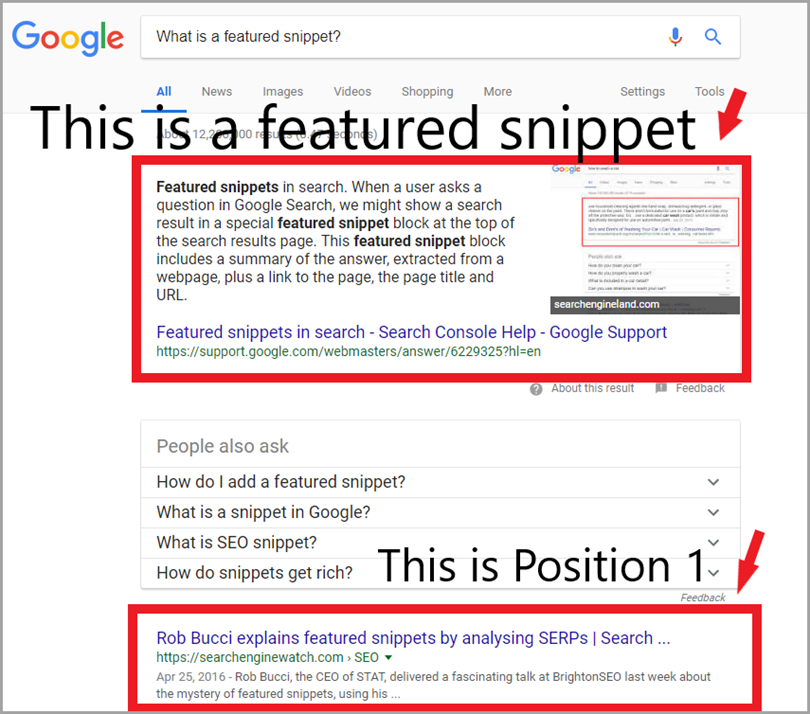
Feature snippets aka position zero which give direct answers to users queries. If you want to pull your content into feature snippets, you need to fulfil these requirements:
- Provide answers within 40-60 words.
- Use question based headers.
- Structure information in easy standardized format.
AI-Chatbot Optimization
AI and machine learning systems look at huge amounts of data to answer questions. They use tools that help them understand what people mean when they ask something. They also check if the information is useful, trustworthy, and well-organized before giving reply to user query.
Best Practices and Strategies for Answer Engine Optimization
AEO works best when you apply strategic approach to meet their requirements. Unlike traditional SEO which mainly focuses on ranking, AEO favours optimized content that fulfills user queries instantly and in direct way. Here are some strategies to optimize your content for answer engines.
1. Optimize for Natural Language Queries
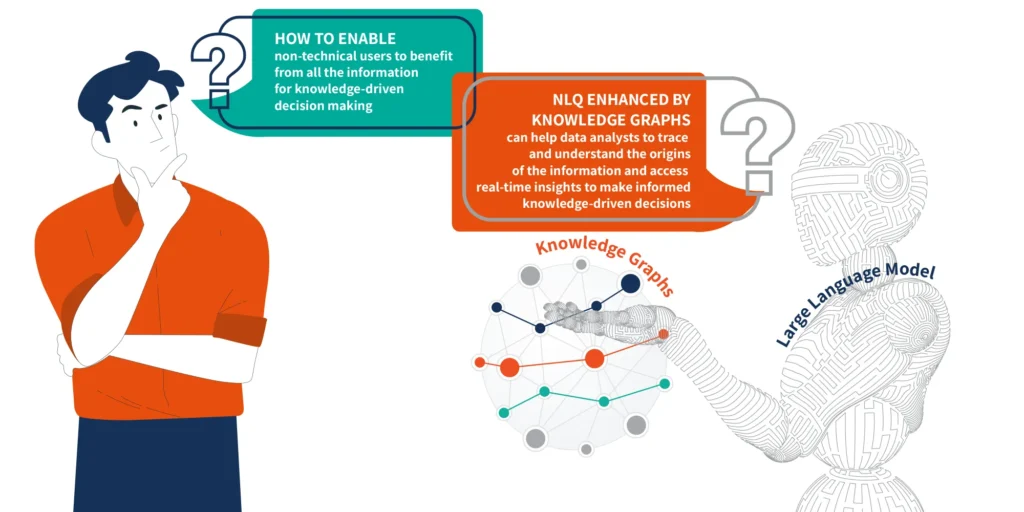
➡️ First you need to understand what your user intent is and how they search queries on search engines. AEO prefers content that directly answers to user query. To find out how your users search, you need to identify high intent questions. You can check these by using answer engine optimization tools like
- People Also Ask,
- AnswerThePublic, and
- SEMrush to analyze queries.
➡️ Categories your content based on its intent like
| Intent | Query |
| Informational | What is Digital Marketing |
| Navigational | Best Digital Marketing Agency |
| Commercial | Best Digital Marketing Services |
➡️ Always use FAQ style format to add to your content so that your content directly delivers relevant answers to user questions.
By focusing on user intent and conversational queries you will have more chances to appear in direct answers.
2. Focus on Semantic Search
You don’t need to focus only on keywords, you need to create content clusters around your pillar topic. It uses natural language processing and machine learning to figure out what you are really asking, even if your query is complex.
For Example:
Let’s say you search for:
“Best laptops for graphic design students”
A traditional search engine might just look for pages with those exact words.
But semantic search engine understands:
- You want laptops with high RAM, powerful GPUs, and color-accurate displays.
- You are likely comparing affordable options for students.
- You might be interested in reviews, buying guides, or top brands.
3. Implement structured Data
Use structured data markup to help answer engines understand your content organization. Schema markup tells search engines exactly what type of information you are providing, no matter if it is product review, business listing, or even instructional guide.
4. Optimize for Voice Search
Most are users now searching on search engines through voice assistants like Google Assistant, Siri, and Alexa. Voice searches are mostly natural and conversational like “Hey Siri, which is the best digital marketing agency?”. So to optimize for voice search, follow these—
- Write in short and clear way
- Answer questions directly in 40-50 words
- Focus on Q/A format to make it easy for voice assistants to pull your content into direct answers.
5. Focus on E-E-A-T and Build Authority
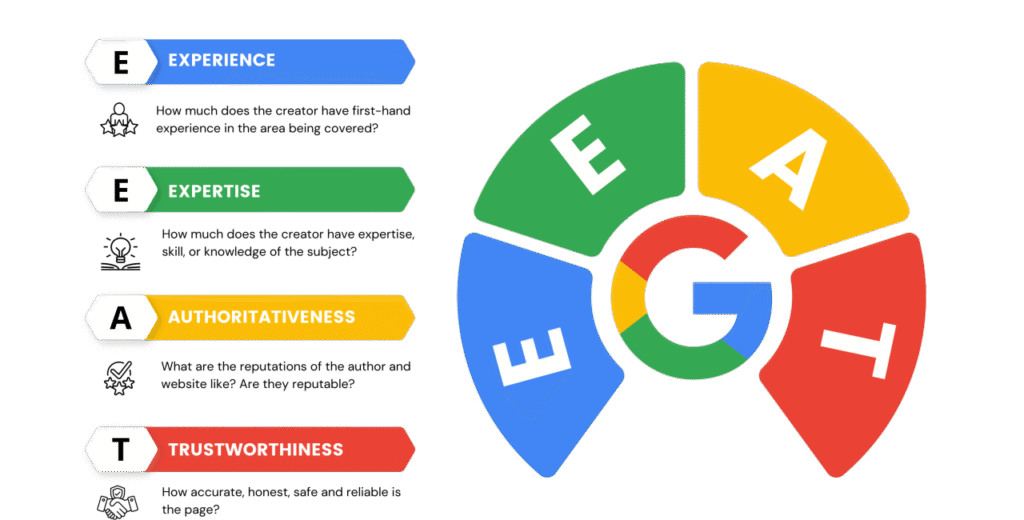
Now search engine ranking algorithm favors E-E-A-T content. E-E-A-T is known for Experience, Expertise, Authoritiveness and Trustworthiness. This means you need to convince Google that your content is provided by an expert and fully authorised and trustworthy.
- Update your content regularly to stay relevant.
- Provide accurate and fact checked answers.
Quick Best Practices for AEO Content Creation
| Keep it simple: | Write content in simple and natural human tone. |
| Break content into sections: | Use headings, bullet points, and FAQs |
| Provide context: | Go beyond one-line answers. Add depth and authority. |
| Update content: | Regularly update your content and add facts. |
| Think beyond Google: | Optimize your content according to search everywhere like other platforms. |
The Future of AEO and Digital Marketing Trends 2025
AI technology is advancing so quickly. Businesses that adapt to AEO early will have competitive edge because future of online search lies in direct answers and AI-powered platforms.
- AI-powered search is replacing keyword based ranking with intent based answers.
- Zero-click experiences are becoming the norm, users get answers without visiting websites.
- Generative engines like ChatGPT, Gemini are sourcing content from trusted and structured sources.
- Search everywhere optimization will become the norm. People will find answers on social apps, marketplaces, and chatbots.
- Knowledge graph SEO will play bigger role in building brand authority.
Digital marketing trends 2025 will prioritize instant and conversational content that satisfies intent in seconds.
Conclusion
Answer engine optimization is not side option, it’s the future of online visibility. AEO vs SEO shows us that the way users interact with search has changed forever. To succeed in 2025, develop a content strategy that prioritizes question based topics and natural language optimization. Create content calendars that address the most common questions in your industry throughout business cycles.
Focus on answering questions clearly, implementing semantic search, and preparing for AI-powered platforms. Whether it’s through voice search optimization, knowledge graph SEO, and People Also Ask boxes, the goal is the same: be the answer.
So the next time you think, What is Answer Engine Optimization? Remember it is not just about ranking on Google. It is about being ready to show up wherever and whenever users ask a question.
FAQ’s
Ans. AEO stands for Answer Engine Optimization. It is the process of creating and structuring your content in a way that helps search engines, voice assistants, and AI platforms give direct answers to user questions. Instead of just ranking in list of search results, AEO makes your content show up as the direct answer in featured snippet, voice search, or AI overview.
Ans. Some useful answer engine optimization tools in 2025 include:
SEMrush – to track featured snippets and “People Also Ask” questions.
AnswerThePublic – to find question-based keywords that people are searching for.
PeopleAlsoAsked – to map out related queries and improve content depth.
Google Search Console – to monitor how your content performs in search.
These tools help you discover what questions people are asking and optimize your content so it appears as trusted answer.
Ans. Search Engine Optimization focuses on ranking your website higher in search engine results so people can visit your site.
Answer Engine Optimization focuses on delivering direct and accurate answers to users through search snippets, voice search, and AI platforms.

